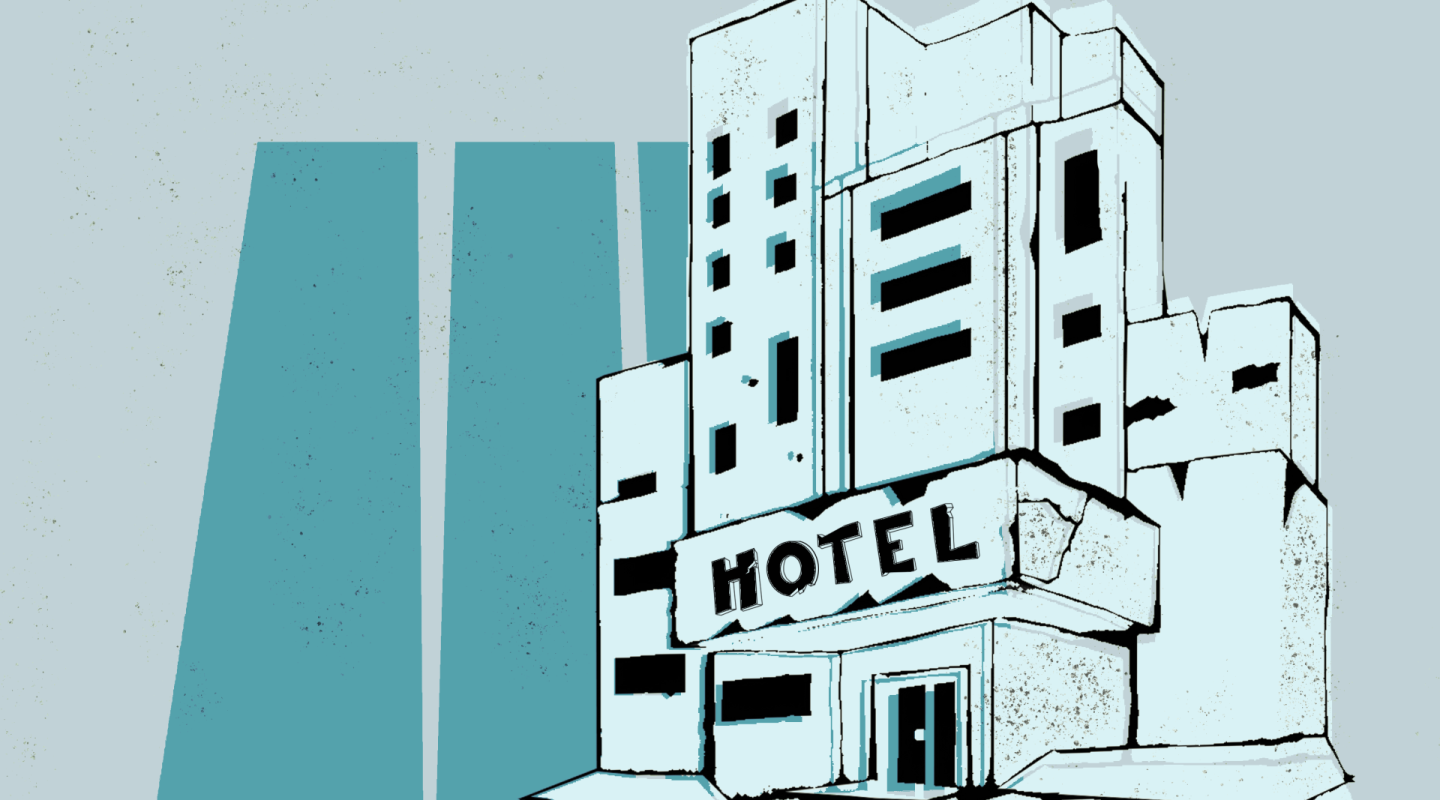Life in prison generates daily stress, far removed from the relaxing break provided by a five-star hotel. The connection with loved ones becomes difficult to maintain, which contributes to the general anxiety caused by detention. “We get so stressed before our families come, out of fear that something might happen on the road. Then, when they leave, it’s very emotionally charged, and we’re sad”, says Adel*, who was incarcerated in France. Incarcerated people are all too often incarcerated far from their friends and loved ones, who do not have the means to make the trip to visit them. This is particularly true for women, who are incarcerated in a small number of facilities.
Visits are limited, if they occur at all. In Germany, incarcerated individuals are allowed two hours of visits per month, during which they can meet with loved ones in the visitation area. These moments can be trying, both for the incarcerated individuals and their relatives. “They saw the unsanitary conditions I was living in, with the stench of dead rats and damp, the dirt, the chewing gum stuck everywhere. And I saw the sadness in their eyes”, recounts Ryan*, who was previously incarcerated in France.
When visits are impossible or forbidden, all that is left are phone calls and letters. In Portugal, calls are limited to about 20 minutes every day, and only 10 minutes in Italy. Their prices are exorbitant, often significantly higher than on the outside, especially in Spain, France and Poland.
This situation is in line with the rest of daily life in detention: expensive. Most everyday things – maintaining hygiene, having enough to eat, writing to friends and family, keeping busy – require financial resources.
Incarcerated people have little access to work, and even when they do, they are greatly underpaid. In France, they earn between 20% and 40% of minimum wage. In Spain, salaries range from €3.20 to €4.50 per hour (€200 to €300 per month, on average) for non-specialised work. This is significantly below the national minimum wage, which is set at €1,000 per month. In Germany, the hourly rate in prison varies from €1 to €3, compared with €12 on the job market in 2023. Norway and Portugal are no exception to the rule.
Not all work warrants a salary in prison: in Italy in 2022, around 22% of the people imprisoned in the country participated in the upkeep and operations of prisons without being compensated. They are nevertheless required to pay for their detention: around €120 per month. In Spain, overtime work often goes uncompensated. Labour laws only apply very partially in prison. As such, incarcerated individuals who work receive only partial social protection, or none at all. In France, there are serious shortcomings: no non-professional sick leave, no technical unemployment compensation, no paid leave. In Norway, the compensation of incarcerated individuals is not subject to social security contributions. In Germany, it does not contribute to the pension system.
In prison, there is very little to do, or nothing at all. Those inside are forbidden from using the Internet, have limited access to the fenced-in yard, the only place to get a breath of fresh air, and exercise using sports equipment that is often outdated, if it is provided at all. Nothing at all like the amenities of a weekend getaway. “Five minutes feels like an hour”, explains Raphael, incarcerated in France. In Norway, Johan Lothe, from the non-profit WayBack Oslo, deplores that incarcerated people are “isolated in single cells without access to a job or activities”. Many incarcerated individuals feel that recreational, sports and educational activities are insufficient. These activities, which are organised by associations that receive little or no compensation, are frequently suspended by the prison service. The waiting list to access the fitness centre is enough to discourage even the most determined.
